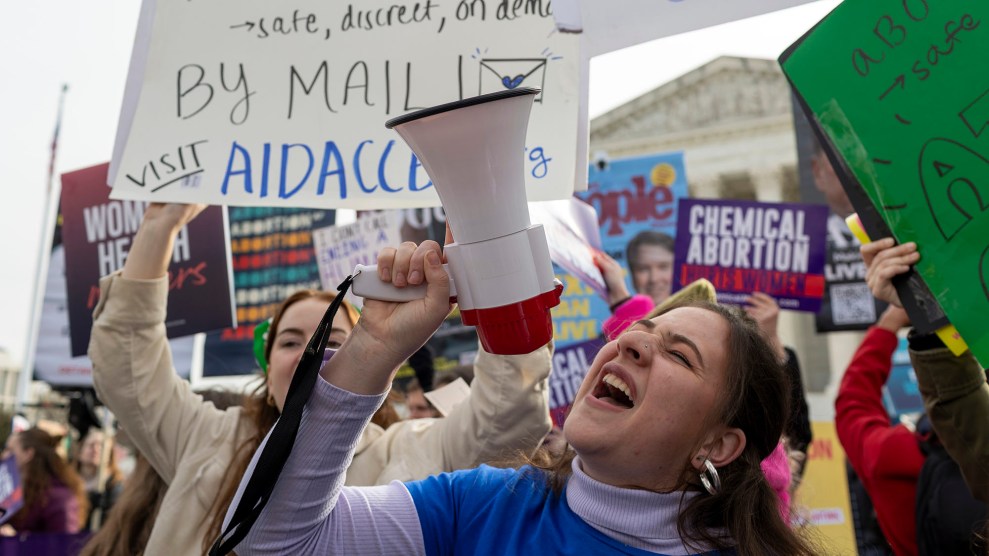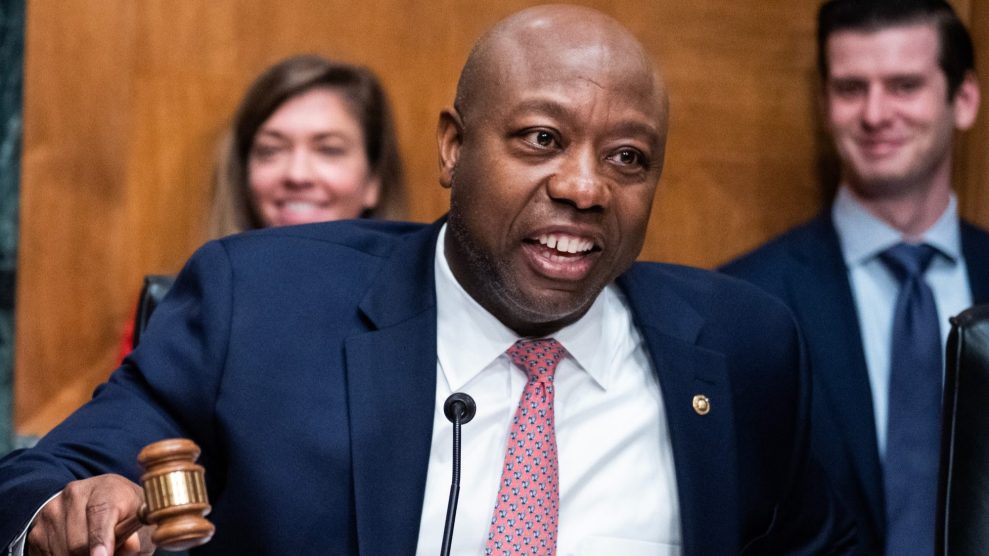George W. Bush’s aversion to international travel is legendary. But when the leader of the Free
World does emerge from his domestic bubble, look out—especially if you happen to live where
he’s headed. That’s because the president’s hosts and handlers will go to extreme lengths—from
suspending civil liberties to tearing down substandard housing—to make sure his trips
come off without a hitch.
Lima, Peru
March 2002, 17 hours
While Bush praised President Alejandro Toledo’s “commitment to democracy,” the Peruvian government
shut down Lima’s airspace and banned all demonstrations. Seven thousand security officers hit
the streets, teargassing and arresting the (fool)hardy few who came out to protest.
Gorée Island, Senegal
July 2003, 6 hours
Residents were roused at daybreak so U.S. security teams could search their houses with dogs.
They were then herded into a soccer stadium, where, as one local put it, “we were shut up like sheep,”
while Bush visited the island’s infamous former slave depot.
Manila, Philippines
October 2003, 8 hours
The city spent $180,000 repainting streets, planting flowers—and bulldozing slums.
Bullhorn-wielding authorities told the residents of one shantytown, “Either you tear down your
houses yourself, or we’ll tear them down for you. President Bush is coming!”
Bali, Indonesia
October 2003, 3 hours
At least 5,000 security and military personnel were deployed to protect Bush during his Indonesian
layover. Tourists shared the beaches with tanks and complained of being locked in their hotels.
Bangkok, Thailand
October 2003, 3 days
Ten thousand homeless people were detained in army camps, 3,000 stray dogs were hauled off to
the countryside, and sex workers were told to lie low. A quarter-mile-long, four-story-high banner
depicting scenes from Thai history was raised to hide a sprawling slum.
London, England
November 2003, 4 days
British officials showed some backbone by refusing U.S. requests to shut down the London Underground,
bomb-proof Buckingham Palace, arm the presidential motorcade with heavy machine guns, and extend
diplomatic immunity to American snipers. However, the president was guarded like royalty, with
a security detail that included 700 Secret Service agents and 5,000 bobbies.













